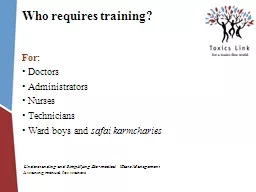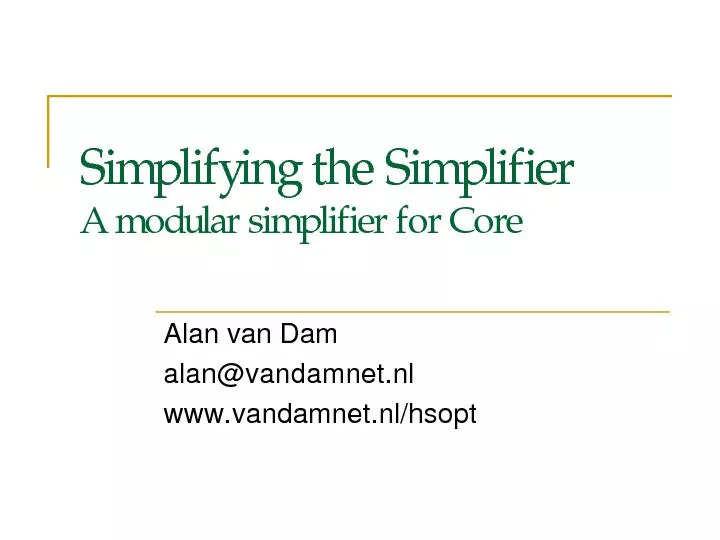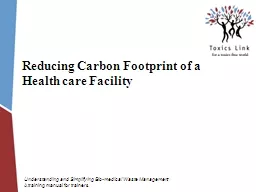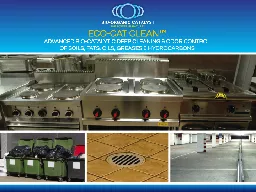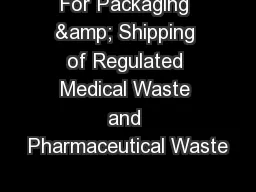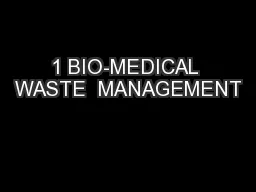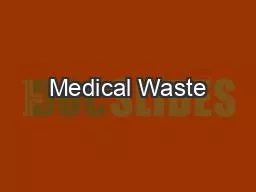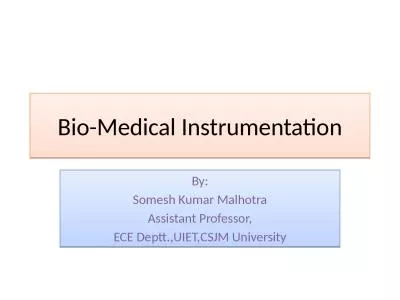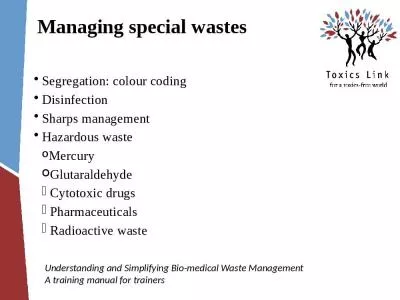PPT-Understanding and Simplifying Bio-medical Waste Management
Author : tatiana-dople | Published Date : 2017-06-08
A training manual for trainers Who requires training For Doctors Administrators Nurses Technicians Ward boys and safai karmcharies Trainers Initially Hospital
Presentation Embed Code
Download Presentation
Download Presentation The PPT/PDF document "Understanding and Simplifying Bio-medica..." is the property of its rightful owner. Permission is granted to download and print the materials on this website for personal, non-commercial use only, and to display it on your personal computer provided you do not modify the materials and that you retain all copyright notices contained in the materials. By downloading content from our website, you accept the terms of this agreement.
Understanding and Simplifying Bio-medical Waste Management: Transcript
Download Rules Of Document
"Understanding and Simplifying Bio-medical Waste Management"The content belongs to its owner. You may download and print it for personal use, without modification, and keep all copyright notices. By downloading, you agree to these terms.
Related Documents

